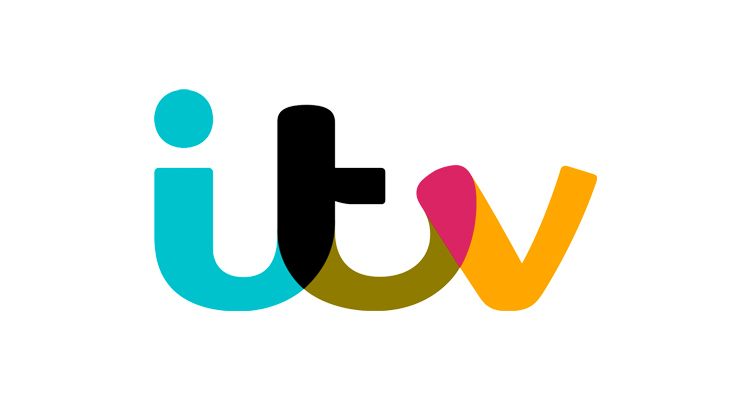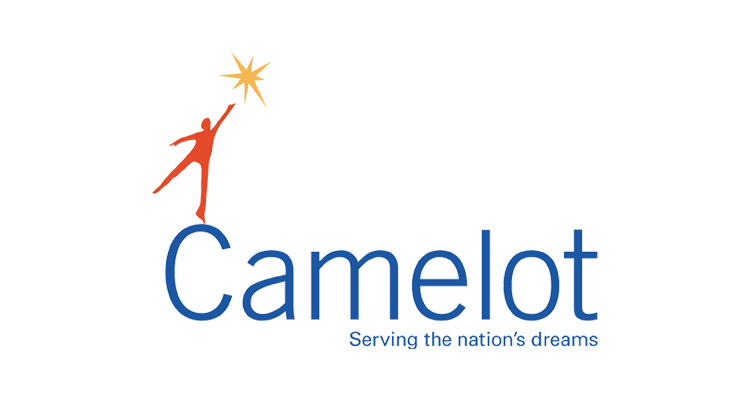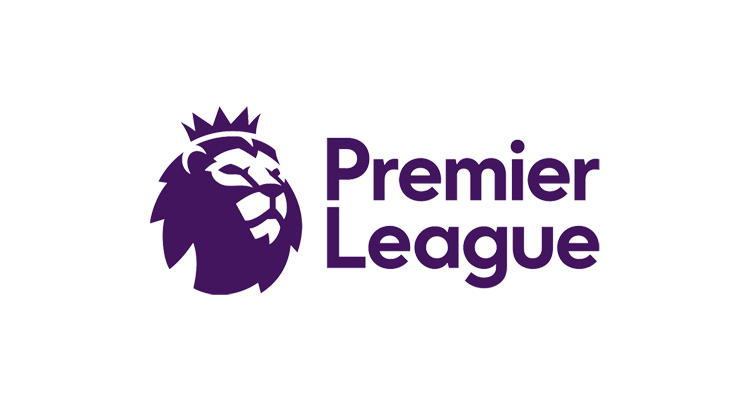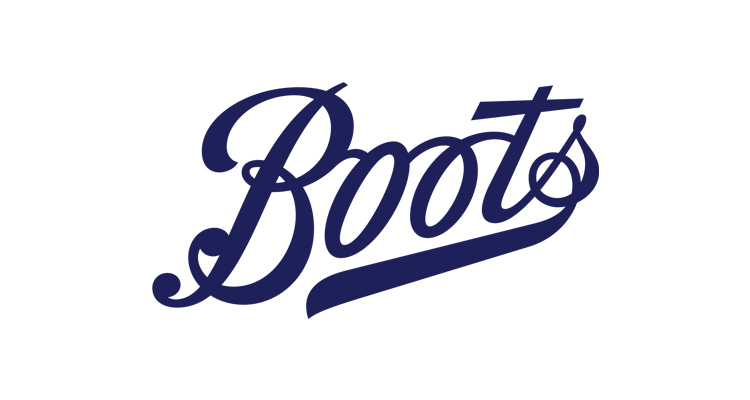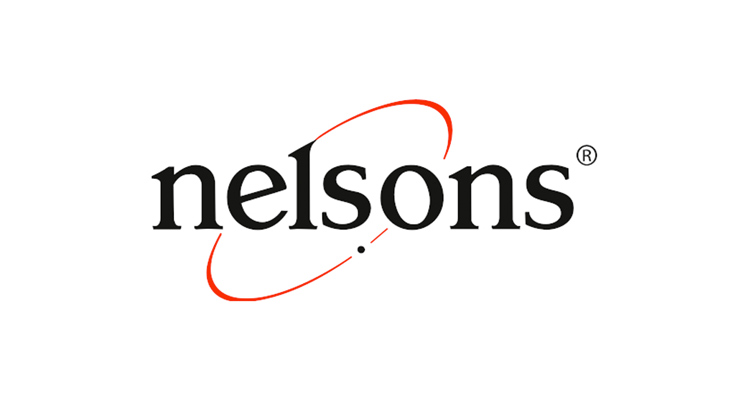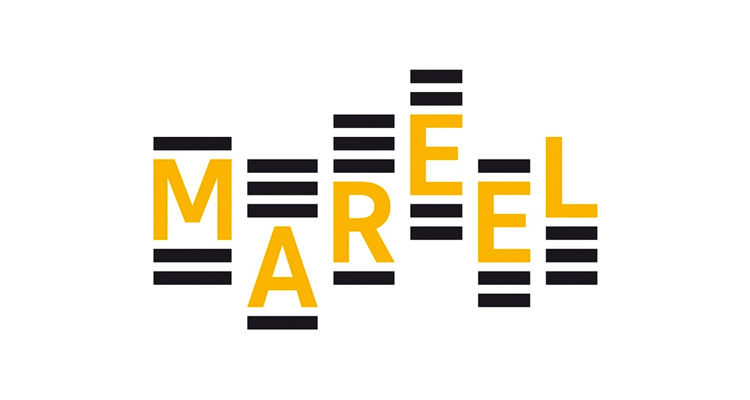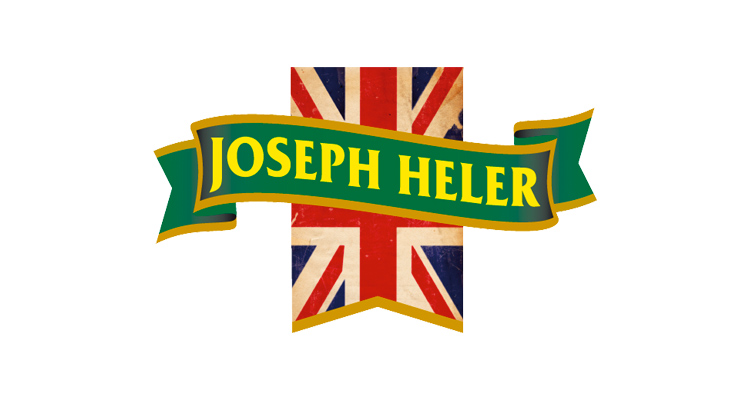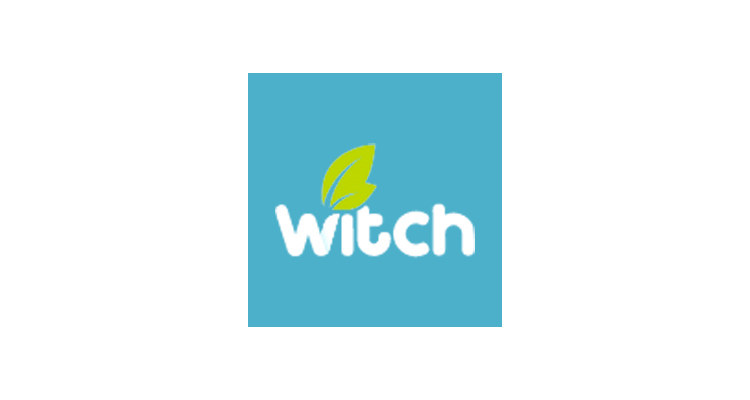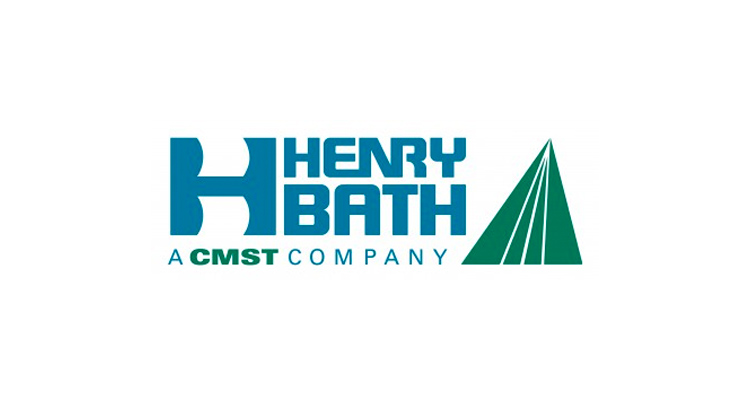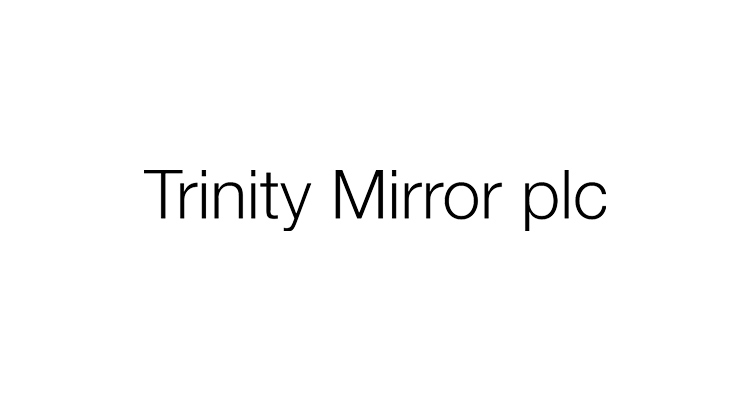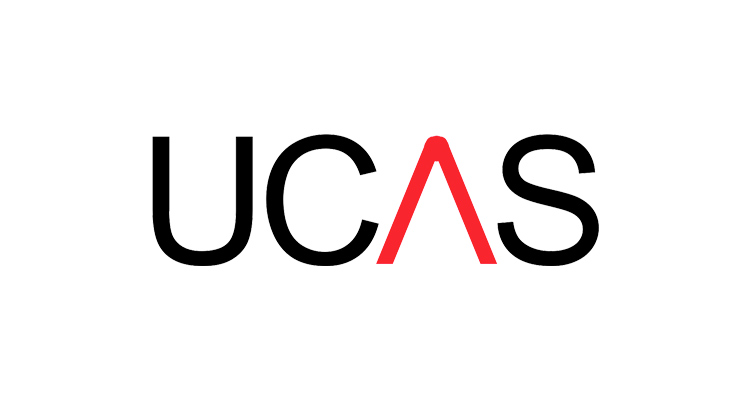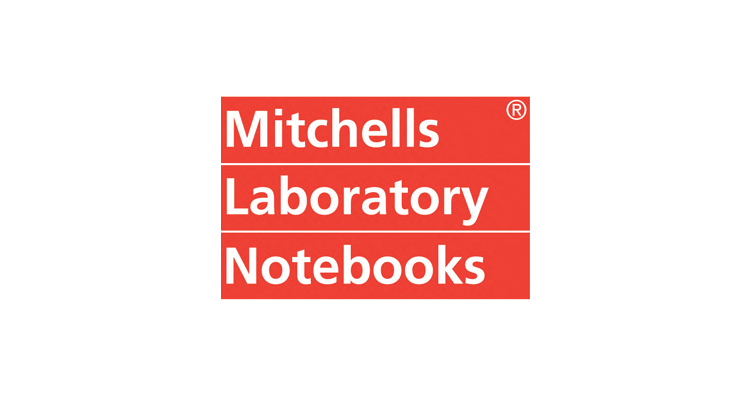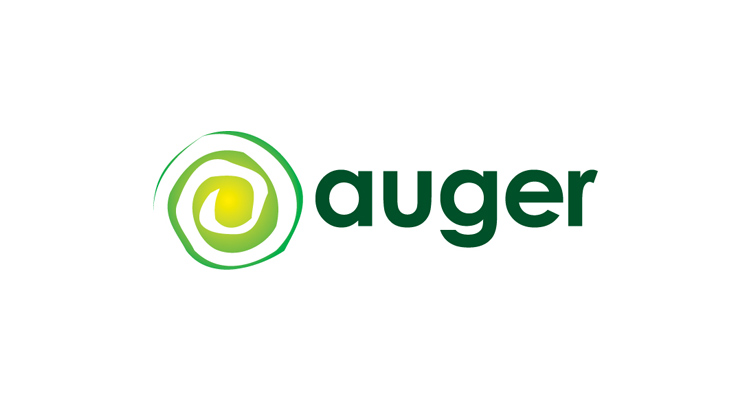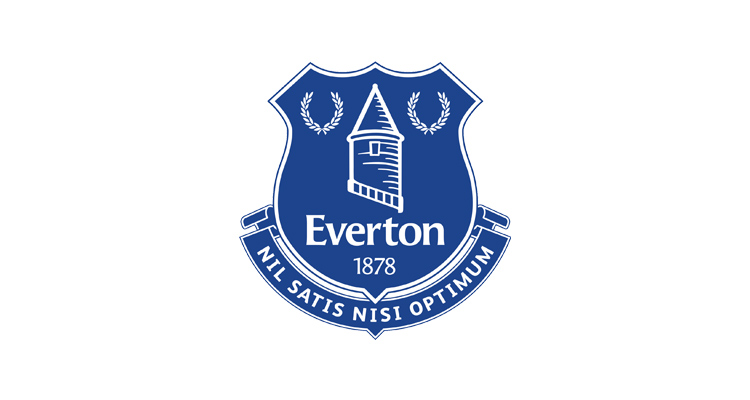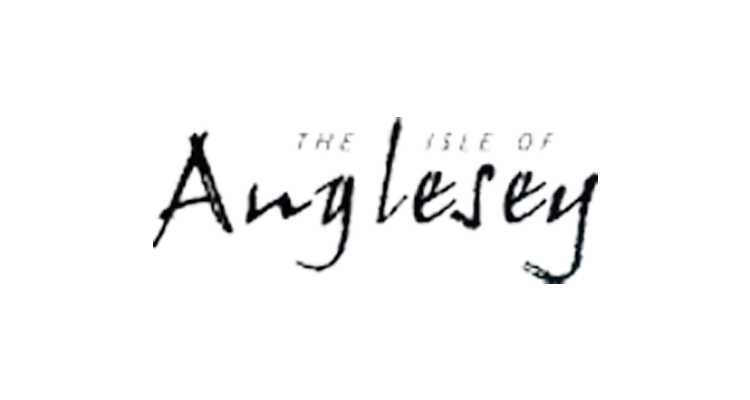ITV Case Study Introduction
ITV is a household name and is watched by millions of people every day. ITV’s approach has always differed from the BBC due to its commercial nature. i.e. there’s no public licence fee-paying for the productions. This means every piece of the ITV real estate essentially needs to make a return of investment, an /or provide analytics on ways of monetising an area of business.
With this in mind ITV really embraced the concept of mobile apps – initially it feels counterintuitive for ITV to send users to another media type, but in reality they’ve worked out the apps act as a companion piece as TV interactions haven’t really progressed.
Love Island App
One of the important points about delivering anything for TV production is Transmission dates (Tx) don’t change, so in the time / quality / cost triangle that’s an immovable position. It is possible to deliver a little less and update later (to maintain quality), especially with long-running series, but this isn’t always practicable with one-off events.
The Love Island app was complex and had a number of key features, all designed to either keep the user engaged with the show or have real estate to sell to sponsors and sometimes both. The challenge with app development is you need to essentially do the work twice for the same product, and release on Android and Apple at the same time.
Both systems differ in subtle ways and obviously have completely different coding and release processes through their relevant app stores. One of the ways we overcame this was to use React Native (which isn’t OS-specific) and using some slick web coding for the shop.
Love Island App Quizzes
There were a vast number of quizzes within the app. These were designed to keep users engaged with the show when the show wasn’t on, or during slower periods of the show. They included a top page advertising unit so the producers could push various products to customers while they were taking the quiz.
Love Island App Videos
Again, used as a bridge between shows and even before the show to introduce the candidates before they set foot on the island. Videos kept users engaged, but also featured a pre and post advert (pretty much like YouTube) so sponsors could use product placement.
Love Island App Advertising Units
As well as adverts on the quiz and video sections, the producers were also able to put items in the apps’ feed – highlighting other areas of the app, promoting the shop or allowing sponsors to “take over” the app and have a large advert in the feed. All tracked so they would get valuable insight into how well the advert was performing.
Love Island App Voting
Probably the most powerful area of the app designed for user engagement was the voting section which gave Love Island fans the chance to vote for their favourite Islander. This was a complex piece of development with a lot of testing designed to ensure the system worked and could not be ‘gamed’ or interfered with.
A massive income generator, the shop appeared in the app. But we’ll take about that below.
Not only did all of the above need to be created they also needed to be tested and the client trained on their use. This involved me fully populating every element available in the app to demo to the client, and then run through the production team how to use it before they headed off to the Island for shooting.
Love Island Shop
From memory the shop made in the order of £3M gross in two months. The Love Island Shop had both a native app and desktop component. The app component needed to work seamlessly within the app, so the user didn’t feel that they were in a conventional website. We decided to do the web approach after some MVP attempts at native app work.
Rather than creating a shop from scratch, the Love Island Shop used a heavily modified version of Shopify. I’d used Shopify previously so had a good handle on how it worked. I initially created a ‘test’ shop and started to play around with adding product varients (the number of products and varients increased exponentially from the year before with the addition of a new cosmetics brand).
While I knew how to use Shopify, the rest of the team didn’t so require extensive training as all the products needed to be added in. There were also modifications we needed to do to allow a new provider to pick, pack and ship the orders.
The Love Island Shop went live on time with all the products. Leveraging the SaaS Shopify solution meant we had a high degree of confidence in the underlying core code, which meant we could focus on testing the front end modifications we’d made.
This Morning App
The “This Morning” app was essentially a greenfield site for development. As a long-running, popular show it did, however, lend itself to using some of the work which had been done with the Love Island App.
Client List
SOME OF THE DIVERSE BRANDS I’VE WORKED WITH
Like the Above? Below Are Hands Down the Best Blog Articles You’ve Ever Read
A Drive to Remember
A Drive to Remember: My TVR Adventure Across Europe If someone had told me a year ago, "Would you fancy [...]
Security Security Security
Increase Your Online Security with this Article Covid compliance forced physical shops to close and accelerated the use of [...]
Going Quantum
How to Use Amazons Quantum Computers If annealing, superposition, and qubits all sound like new Netflix films to [...]
Digital Currency: The Next Fintech Challenge?
With the likes of Dorthy Perkins and Topshop on the brink of collapse, what can governments do to stimulate spending [...]
Raspberry Pi Hedgehog Camera
Raspberry Pi Hedgehog Camera Lockdown 1.0 was a golden opportunity to learn some new skills, move out of [...]
Making Meetings More Manageable
"Never ask a question you didn't know the answer too". The first rule I was taught in advocacy at law school. [...]
5 Tips for Setting up Remote Agile Teams
During the recent Maxwell Bond Webinar (kindly organised by Riana Butler) on "Agile Project Delivery" I sat as a panellist. There [...]
Don’t Test The Testers
In the last 20 years of delivery I've lost count of the number of times I've heard "No, we don't need [...]
The Grand Bore
The room erupted in laughter when my colleague accidentally had a double typo in a sprint meeting and wrote “twat” instead [...]
Using Clouds to Help the Homeless
The tech ops guys were banging on about CloudFlare again, and I had no idea why. Did Cloudflare sponsor them? Surely it [...]
Digital Disappointment
Frustration increased as my colleague prodded her greasy index finger on my Macbook Pro’s screen and tried to swipe the web [...]
When Zero Talent Counts
Getting a highly qualified candidate with the most in-depth knowledge about your company’s chosen technology is the most valuable potential employee [...]
Grammarly and Linkedin, a Perfect Partnership?
This weekend I was told by a beautiful girl in a library how to bring my “A” game when writing Linkedin [...]
Do Project Managers Need KPIs
Key Performance Indicators, they’re not something a project manager needs to worry about right? They’re just a buzzy term used by [...]
Getting Team Buy In
What's the best way to get the most out of your team? Rule them with an iron fist and push them [...]
Delphix fixes Data Gravity
The internet is rapidly growing, and it's becoming more and more commonplace just to accept that every site you use pulls [...]
Maffins Wager
The accepted three pillars of project management are: On time, to budget and the right standard. Assuming the latter two are [...]
Failure is not an option fallacy
Many managers use the term "failure is not an option". One of the best pieces of advice I've ever heard came [...]
Context Switching in Programming
Ben Maffin People often talk about how interruptions disrupt their flow and the ability to produce good quality, consistent [...]
The XOX Method for Project Success
A common mistake made by project owners is to create a system which is either over engineered or is overly feature [...]
Live in 2 Days The MVP Conjecture
Getting a site up and running can take months or years for some companies. Can you do this quicker? What are [...]
What’s The Point to Pair Programming
Pair programming is a technique which essentially puts at least two developers on any given project at any time. So What's The [...]
Technical Debt, What is It
Technical debt is often an overlooked element of development but has far reaching implications on profit, delivery and quality of a project. What [...]
What Is Project Success
Like many questions in digital project management, this is a trickier to answer than most people initially think You'll find numerous answers, [...]


